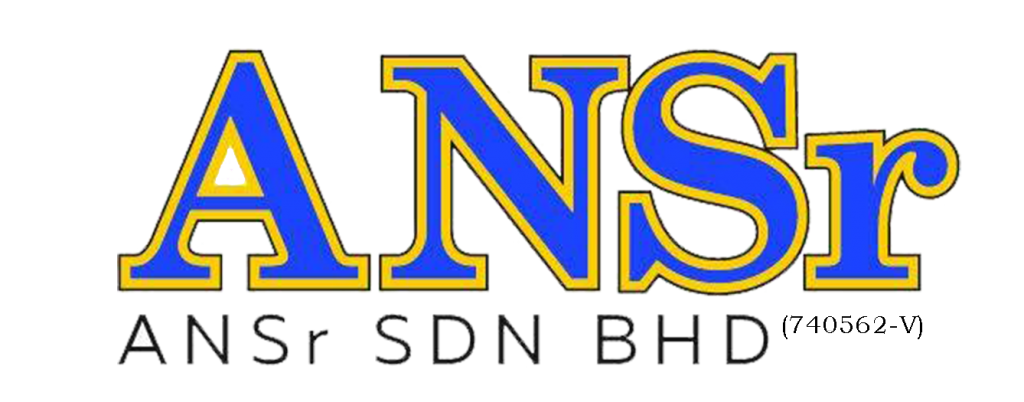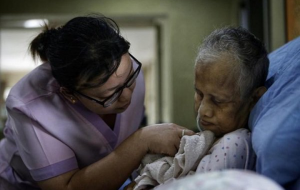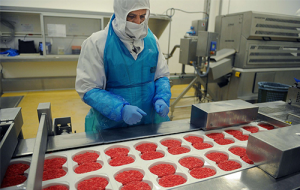Removing Ground Level Odors
Processing activities, as well as maintenance operations, can produce troublesome odors that may affect those working and visiting a site or facility. It may even cause problems for those living in the underline community. These applications include sewage treatment facilities, sump pump operations, excavation, pumping stations, arena ice pits, grease traps, etc.
Sanuvox UV disinfection systems may be outfitted with special oxidation UV Lamp (185nm) that produce high levels of ozone (O3) to effectively combat odors emanating from these various types of applications. The self-contained systems can be located very close to the source of the odor alleviating the issue where it is most concentrated.
When the objective is to to substantially reduce odors generated by a sump pit, such as sewage ditch, sewer pumping stations, residual from ice scraping equipment (Zamboni), or grease traps, Sanuvox offers the right solution with its high efficiency patented air disinfection system.
THE EQUIPMENT
Stand-alone units that will either process air through recirculation in a room or inject a small quantity of ozone directly into the specific containment device to reduce odors.
An ozone controller can be used to limit the residual ozone outside of the containment area to a concentration level lower than the ASHRAE limit (0.05ppm).
Typical Sanuvair® S1000 OZD INSTALLATION:

OPERATING THE EQUIPMENT
The unit purifies the air through recirculation in two ways:
1. The UV lamp germicidal section destroys biological contaminants (viruses, fungi, bacteria) moving through air.
2. The UV lamp oxidizing section reduces the chemical components in the air through photo-oxidation.
PROCESS ON BIOLOGICAL AND CHEMICAL CONTAMINANTS
1-ACTIVATION PHASE: H2O+ O* –> OH* +OH*
Ultraviolet photon energy (170-220nm) is emitted from a high-intensity source to decompose (break-down) oxygen molecules into activated monoatomic oxygen. The rate of production or effectiveness of this process depends on the wavelength and intensity of its source.
2-REACTION PHASE: OH*+P –> POH
The activated oxygen atoms (O*) are then mixed in the airstream; the process will react with any compound containing carbon-hydrogen or sulfur, reducing them by successive oxidation to odorless and harmless by-products. If the activated oxygen atoms outnumber airborne contaminants, there will be the formation of ozone (O3) which will occur following the oxidation of normal oxygen molecules (02).
3- NEUTRALISATION PHASE: (also germicidal) O3+UV(C) –> O2+O*: O+O –> O2
SIZING
The stand-alone units will include an extra oxidizing (UV-V) lamp. In the absence of an ozone controller, a warning label must be provided to the user. Certain conditions may require up to four UV-V lamps in one unit.
WHERE TO INSTALL
Many buildings and facilities can be equipped with the S1000, like municipal sewage treatment plants, municipal pumping stations, ice-snow containment (pit) areas, hotels grease pits, and grey water treatment.
HEADQUATERS
PG35, Damansara Perdana Shopping Centre, Jalan PJU 8/1, 47820, Petaling Jaya, Selangor, Malaysia
TEL : 0377332757 EMAIL:info@ansrcare.com
BRANCH
Lot 3484 B, Tingkat Bawah Wisma Seri Panji Alam Jalan Panji Alam 21100 Kuala Terengganu, Terengganu Darul Iman.
TEL:096229270 EMAIL:info@ansrcare.com
ANSRCARE.COM © 2018, All Rights Reserved. Web Design By BG Design







